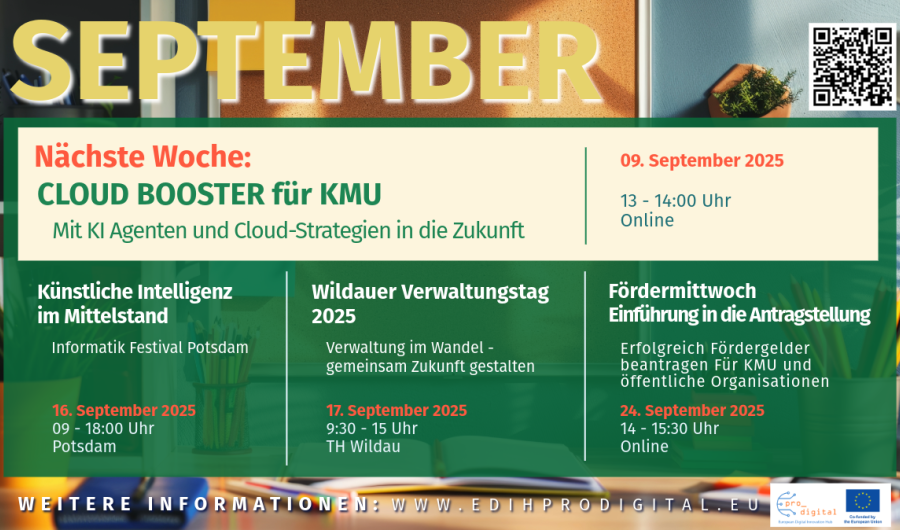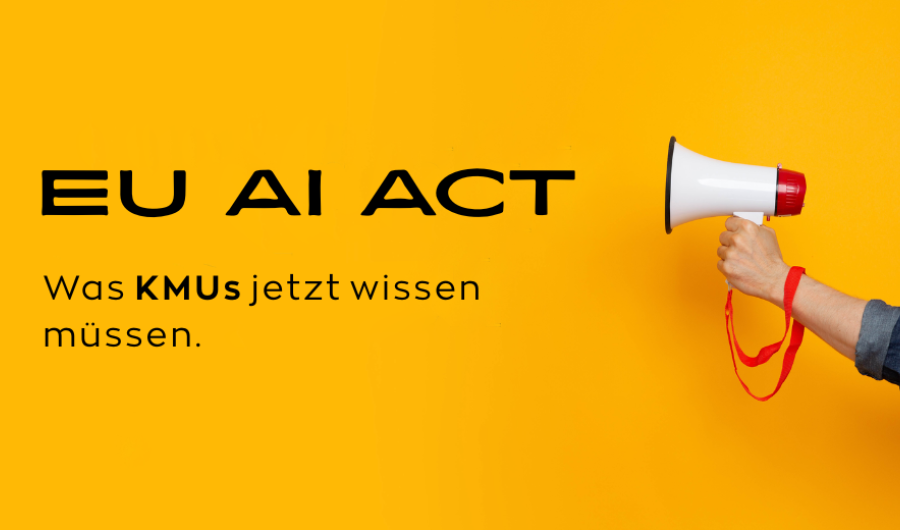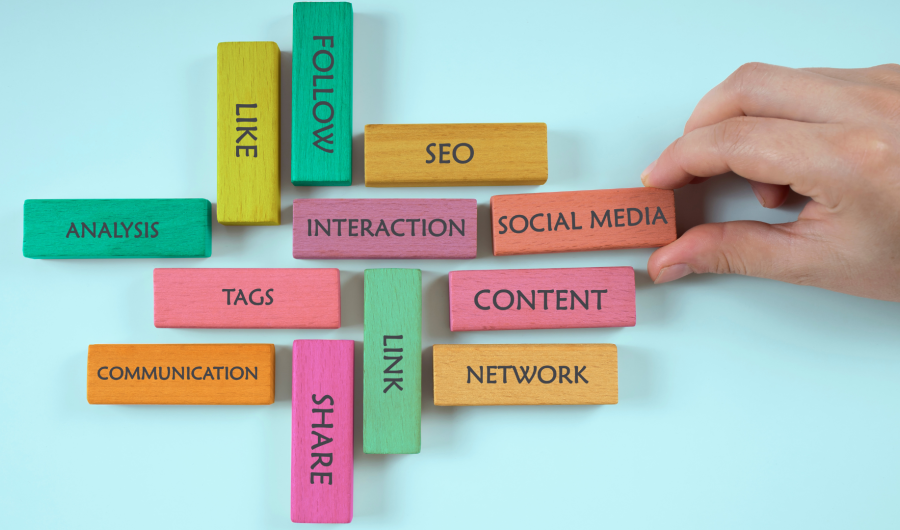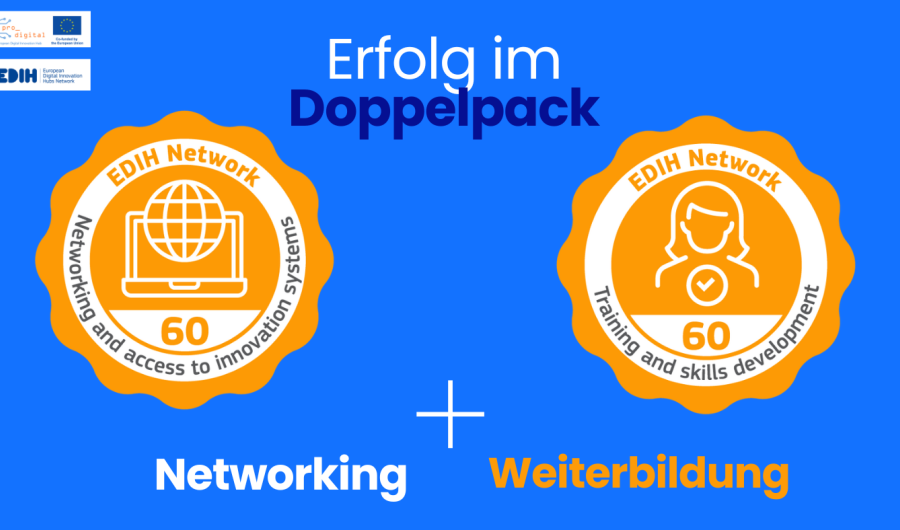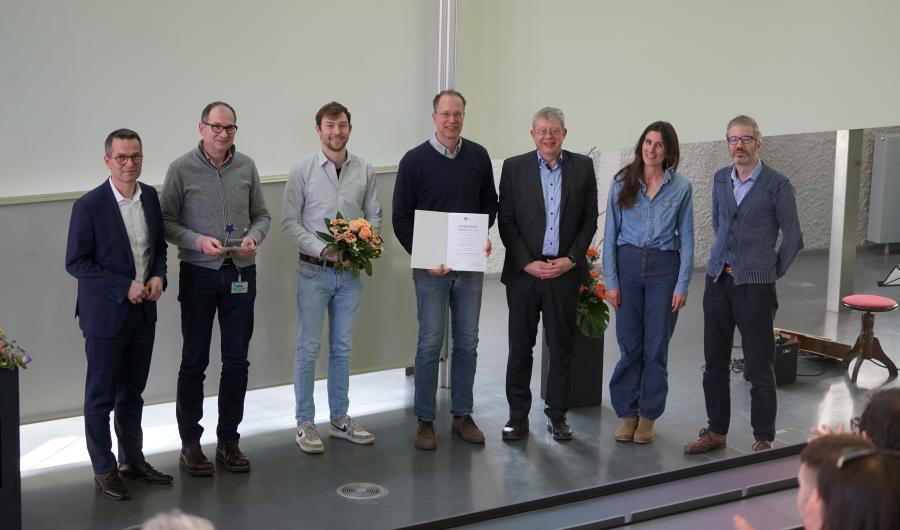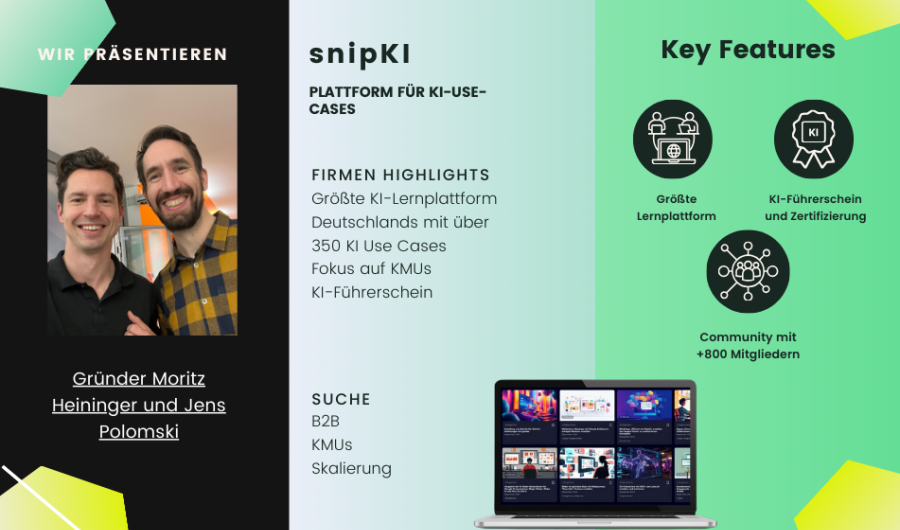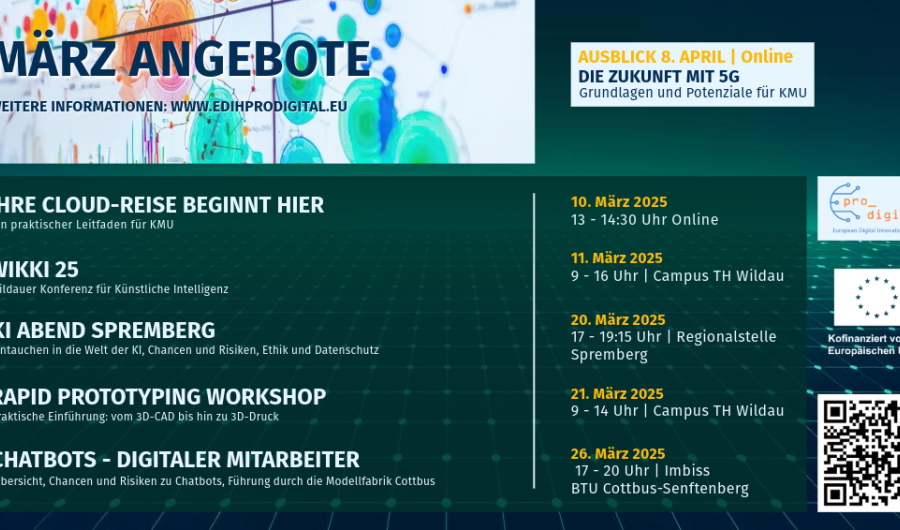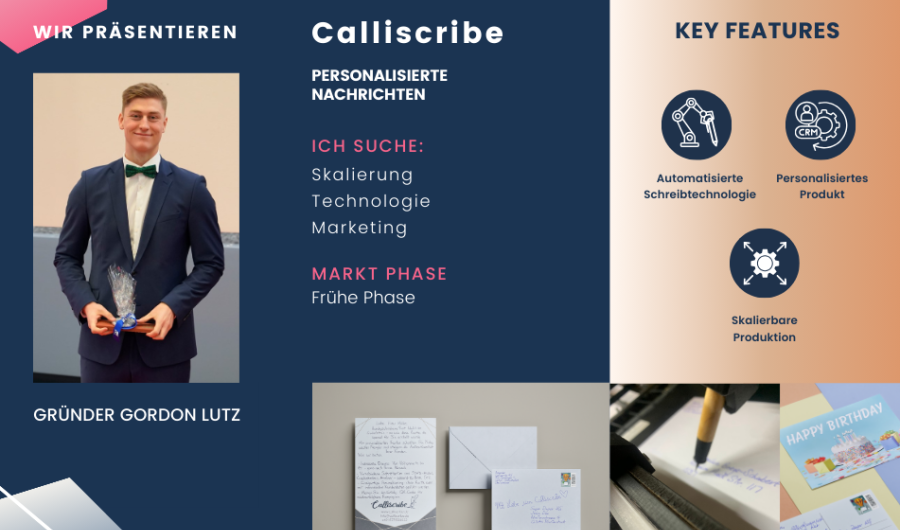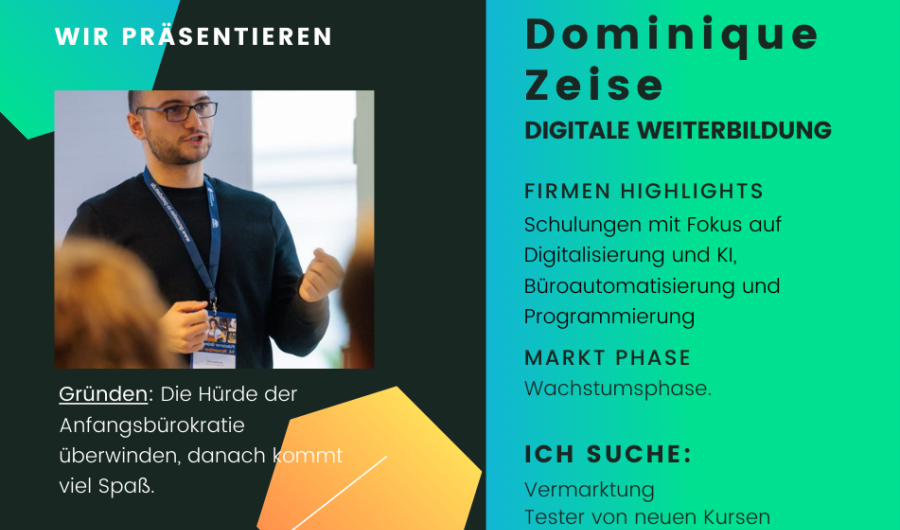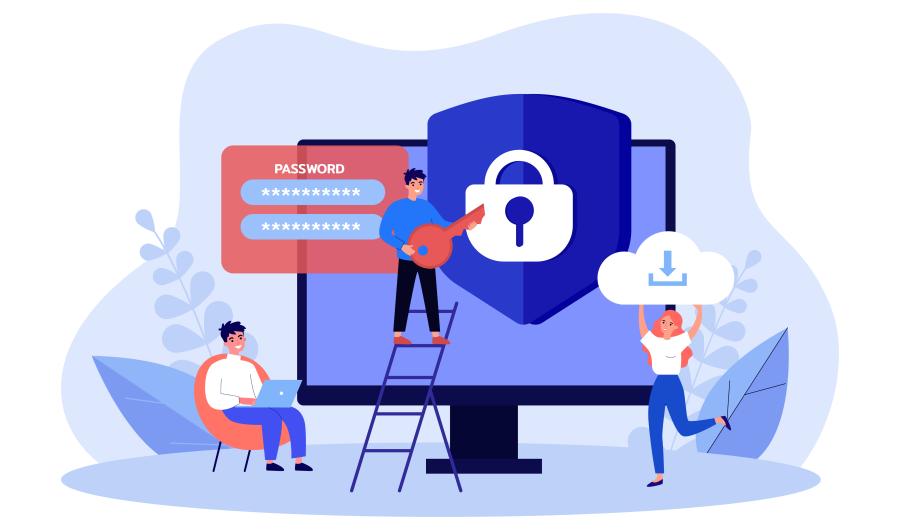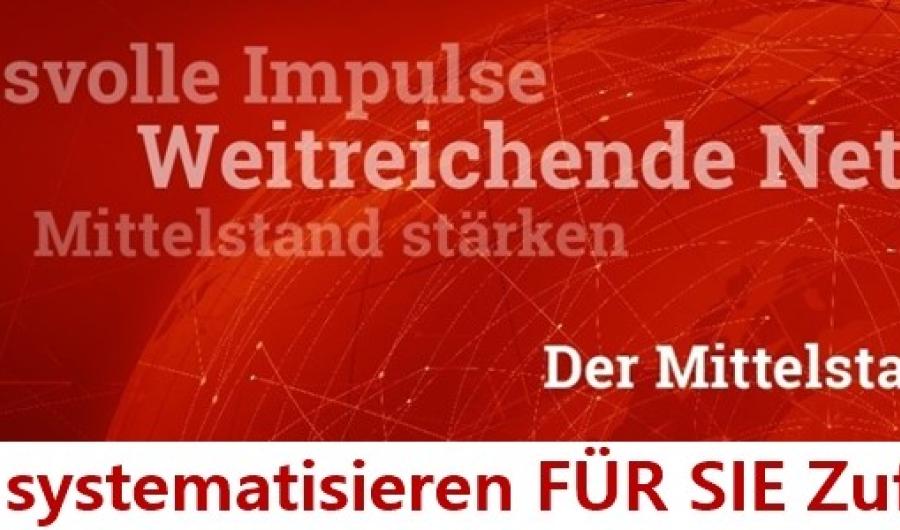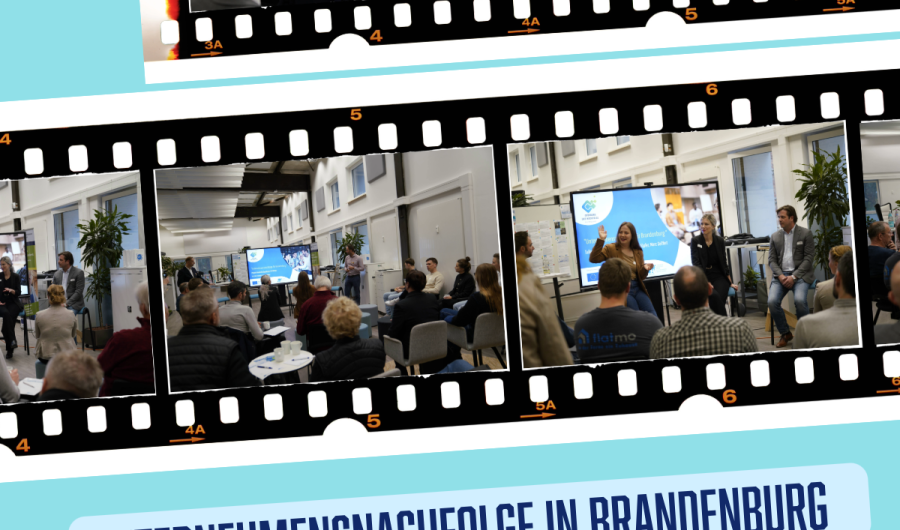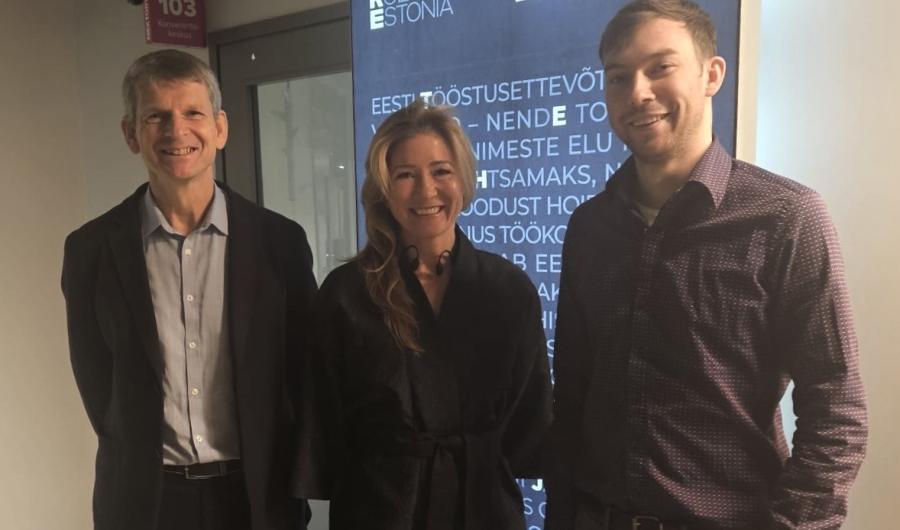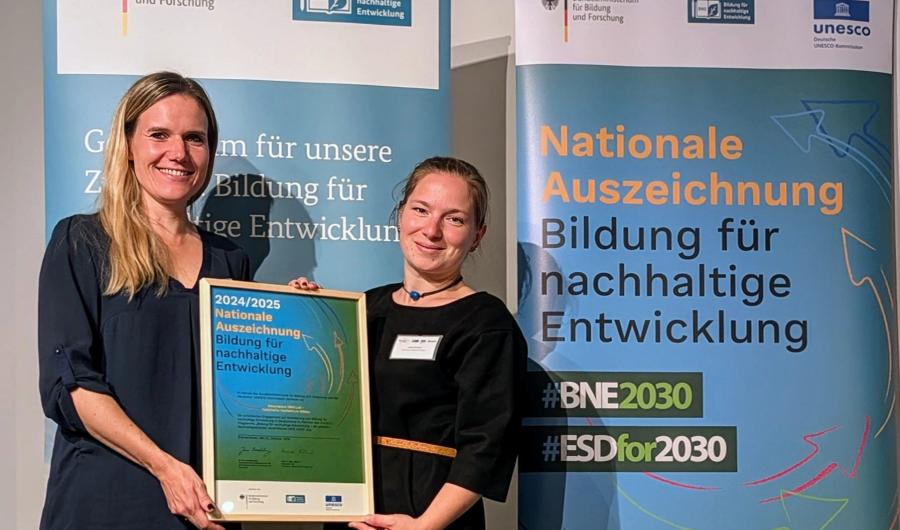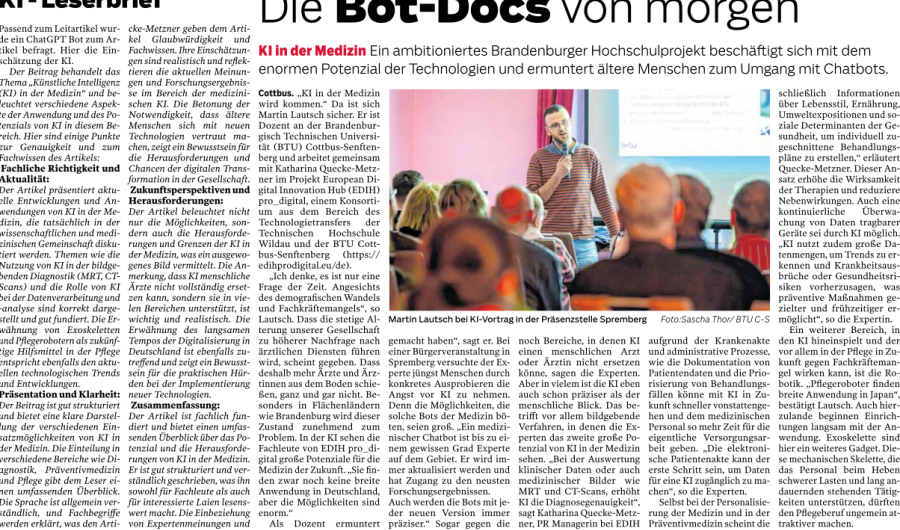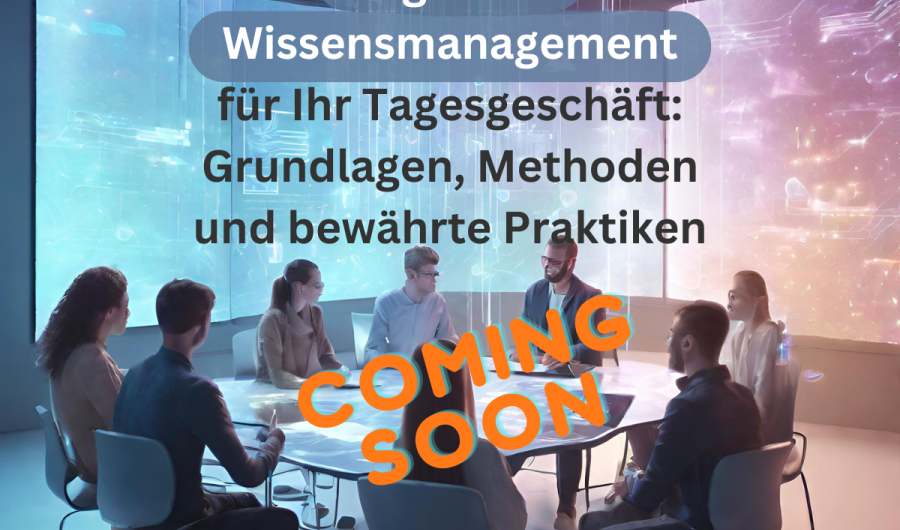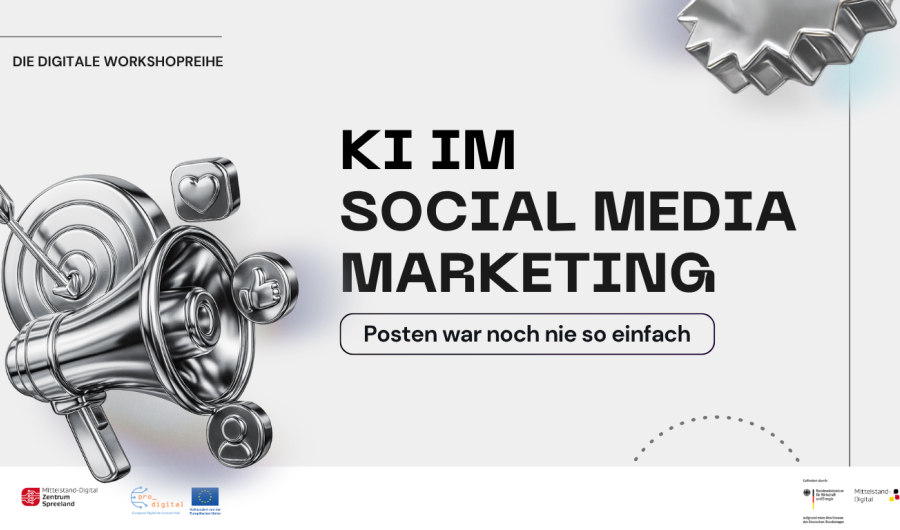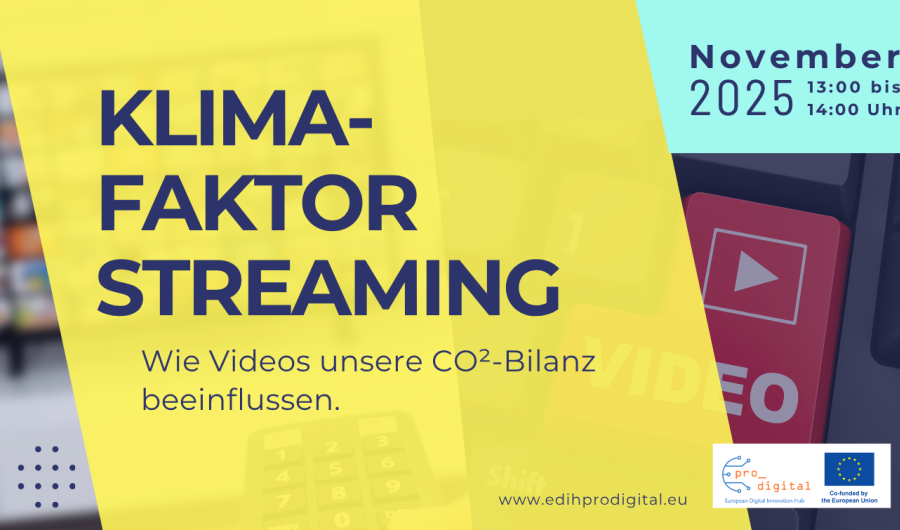Website Accessibility Going Mandatory: SME Guide for 2025
The Accessibility Strengthening Act (BFSG) comes into force on 28 June 2025 and affects numerous companies. In this guide, we explain what the new law means specifically for SMEs, which requirementsand how you can make your website barrier-free in time.
Digital accessibility enables all people – including people with disabilities and the elderly – to use websites. This not only creates accessibility, but also opens up new target groups and improves usability and search engine optimization (SEO).
What does the Accessibility Enhancement Act mean for SMEs?
The Accessibility Enhancement Act comes into force on 28 June 2025 and is the German implementation of the European Accessibility Act (EAA), which sets uniform rules for accessibility throughout Europe. For SMEs, the central question arises: Am I affected?
The answer depends on the size of the company. Klformer companies with fewer than 10 employees and an annual turnover of no more than 2 million euros that offer services are exempt from the requirements [2]. However, this exception does not apply to micro-enterprises that producethese must still meet the accessibility requirements [3].
Medium-sized companies with fewer than 50 employees and an annual turnover of less than 10 million euros canapply for exemptions if the implementation is disproportionately burdensome. The law particularly affects online shops, booking portals and websites with contact forums [2].
What are the consequences of non-compliance?
Failure to comply with the request could result in fines of up to 100,000 euros in the worst case [4]. SMEs should therefore analyse their digital offerings in a timely manner and make them barrier-free.
Who andWhat is specifically affected?
Accessibility means, for example, that texts and backgrounds have sufficient contrast and that your website can be navigated without a mouse. Web pages "can be found in the usual way, without any particular difficulty and, in principle, without external help,be accessible and usable ". [5] The barrier-free design also includes a publicly accessible "declaration on accessibility" on the website [1]. The following digital products and services must be accessible from 28 June 2025:
Products: Computers, notebooks, tablets, smartphones, self-service terminals (such as ATMs, ticketing and check-in machines), televisions with internet access, routers and e-book readers
Services: Websites with interactive elements (online shops, contact forms, newslettersapplications, chatbots), telephone services, e-book services, messenger services, apps for national passenger traffic, digital banking services and e-commerce
The implementation is based on four criteria: perceptibility (e.g. customizable text sizes), usability (e.g. keyboard navigation), comprehensibility (e.g. easy speech) andtechnical robustness for assistive technologies.
Manufacturers must prepare technical documentation, carry out conformity assessment procedures and affix CE markings. Service providers, on the other hand, must describe in their terms and conditions how their offers meet the accessibility requirements.
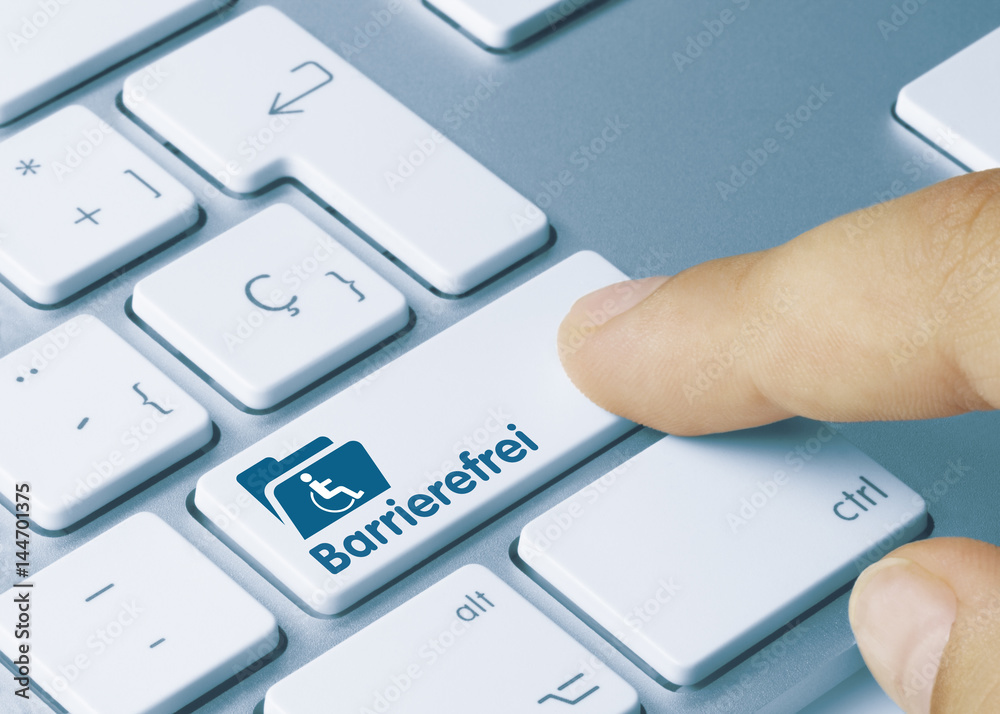
Recommended steps for implementation
Check status: Use tools such as WAVE, Google Lighthouse or this web page checker from the Web Accessibility Initiative. These show barriers directly on the website such as missing alt texts or inadequatecontrasts.
Prioritize actions: Create a plan with concrete actions. Which barriers have the greatest impact on the user experience? Which are the easiest to fix?
Make specific adjustments:
• Provide images with meaningful alt texts (maximum80 characters)
• Ensure sufficient color contrasts (at least 4.5:1)
• Implement keyboard
operability • Provide videos with subtitles and, if necessary, audio
descriptions • Use semantic HTML
• Make interactive elements sufficiently large (at least 24x24 px)Test and Optimize: Run rregular tests, ideally involving people with various disabilities. Document your results to track progress.

Conclusion and next steps
Accessibility is undoubtedly a significant development for the digital landscape. Through employee training and resource provision, you create an awareness of accessibility and with the four criteria – perceptibility, usability, comprehensibility and technical robustness –ppt also the practical implementation. The consequences of €100,000 can pose a significant risk.
It's a step towards a more inclusive digital world that everyone can benefit from. The transition may take effort at first, but in the long run, you and your customers will appreciate the benefits of having an accessible website.
FAQs:
Q1. What does the Accessibility Enhancement Act mean for businesses? From 28 June 2025, digital products and services must be accessible.
Q2. What concrete actions are needed? Alt texts for images, sufficient colour contrasts, keyboard operabilityand subtitles for videos.
Q3. What are the consequences of non-compliance? Sales bans, warnings and fines of up to 100,000 euros.
Q4. Are there any exceptions? Yes, micro-enterprises are exempt. Medium-sized companies under certain circumstances and with proof.
Q5. What are the benefits of a baaccessible websites for businesses? Accessible websites open up new customer groups, improve the user experience and increase SEO. In addition, they demonstrate social responsibility, which can be a competitive advantage.
References
[1] - https://www.aktion-mensch.de/inklusion/barrierefreiheit/barrierefreie-website/gesetzliche-pflichten
[2] - https://www.hwk-duesseldorf.de/artikel/barrierefreie-webseiten-ab-juni-2025-pflicht-31,0,6067.html
[3] - https://www.it-daily.net/it-management/digitalisierung/barrierefreiheitsstaerkungsgesetz-was-kmu-jetzt-beachten-muessen
[4] -https://www.ihk-muenchen.de/de/Service/Recht-und-Steuern/Werbung-Fairer-Wettbewerb/barrierefreiheitsstaerkungsgesetz/
[5] - https://bfsg-gesetz.de/3-bfsg/


